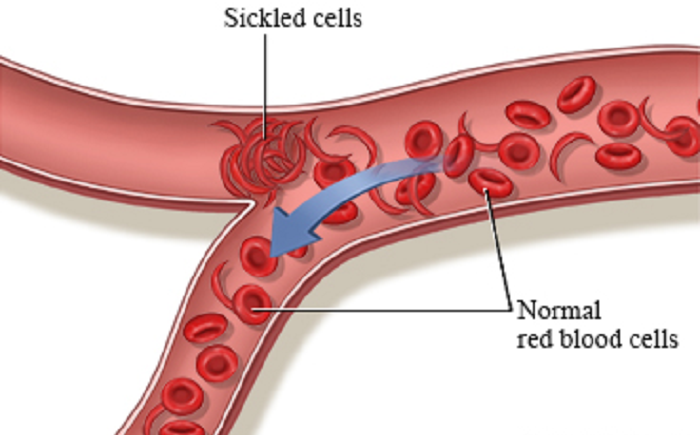
World marks Sickle Cell Day
Monday, June 19 will be celebrated as World Sickle Cell Day. An annual celebration to focus attention on this genetic health condition all over the world. There is a high risk of premature child death if not managed properly.
Advertisement
Effective control with early detection, public awareness and early management to prevent complications can reduce the associated mortality. Fittingly then, I dedicate this week’s write up to sickle cell disease.
Sickle Cell Disease is an inherited disorder in which one inherits two abnormal haemoglobins, one from each parent, one of which must be the Haemoglobin S.
Sickle Cell Anaemia (SCA) results when both abnormal haemoglobin chains are of the S type. There are different types of sickle cell disease determined largely by the various abnormal haemoglobin combinations. These include SC, sickle-fetal haemoglobin (SF), sickle beta-plus-thalassaemia (HbS/β+) and sickle beta-zero-thalassaemia (HbS/β0).
The underlying abnormality is that in SCD, the red blood cells (RBC's) are abnormally shaped. The cells change from the normal round, doughnut shape to the elongated shape of a sickle, or letter "C." Sickled cells are usually stiff and pointed, unlike normal RBC's which move easily through small blood vessels.
Their shape means that they have a tendency to get stuck in narrow blood vessels and block the flow of blood. This can cause severe pain in the sufferer and lead to organ damage because the cells are not getting enough oxygen.
Sickled red blood cells have a shorter-than-normal life span, which leads to a low red blood cell count. Normal red blood cells can live up to approximately 120 days, whereas a sickled cell lives for only 10 to 20 days.
Children affected with the disease have inherited a sickle cell gene from each parent. Someone who inherits only one sickle cell gene and a normal gene from the other parent will have the sickle cell trait, but not the disease.
People who carry the trait don't have sickle cell disease or exhibit any signs of the disorder but they can still pass the disease on to their children. When two people who have the traits marry, there is a 25 per cent chance that the offspring will have the sickle cell disease. When one parent carries the trait and the other actually has the disease, the odds increase to 50 per cent that their children will inherit the disease.
It is worth noting that one in four (25 per cent) chance of having a child with the disease when both parents have the trait, simply means that with each pregnancy, there is a 25 per cent chance of having a child with sickle cell disease.
Please note that it is not that when you have four children, then one of them will have the disease. As a matter of fact it could be that if the couple decides to have three children, all three could have the disease, all three could escape the disease.
To be continued…
[email protected]
A member of Paediatric society of Ghana




